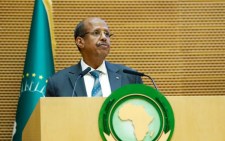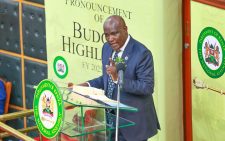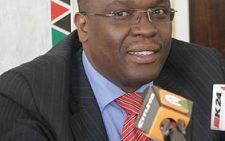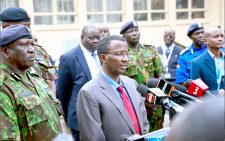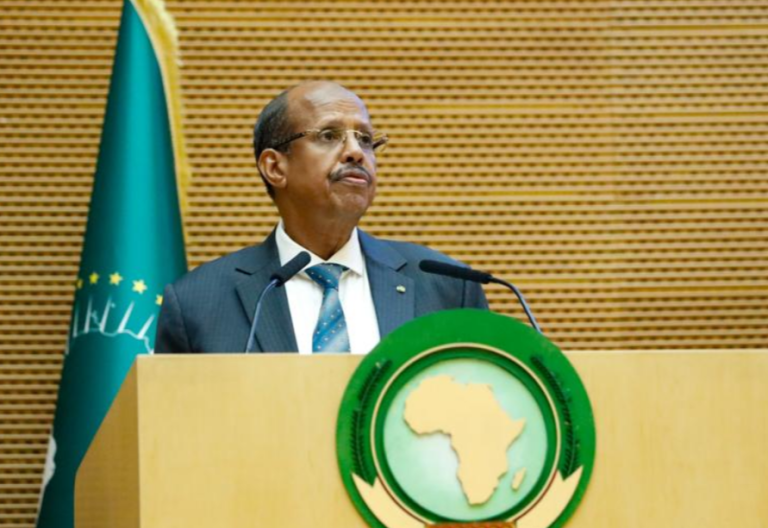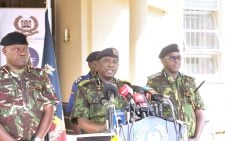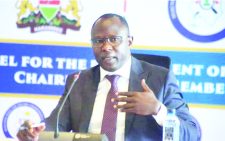Unease among EAC leaders, citizens worrying
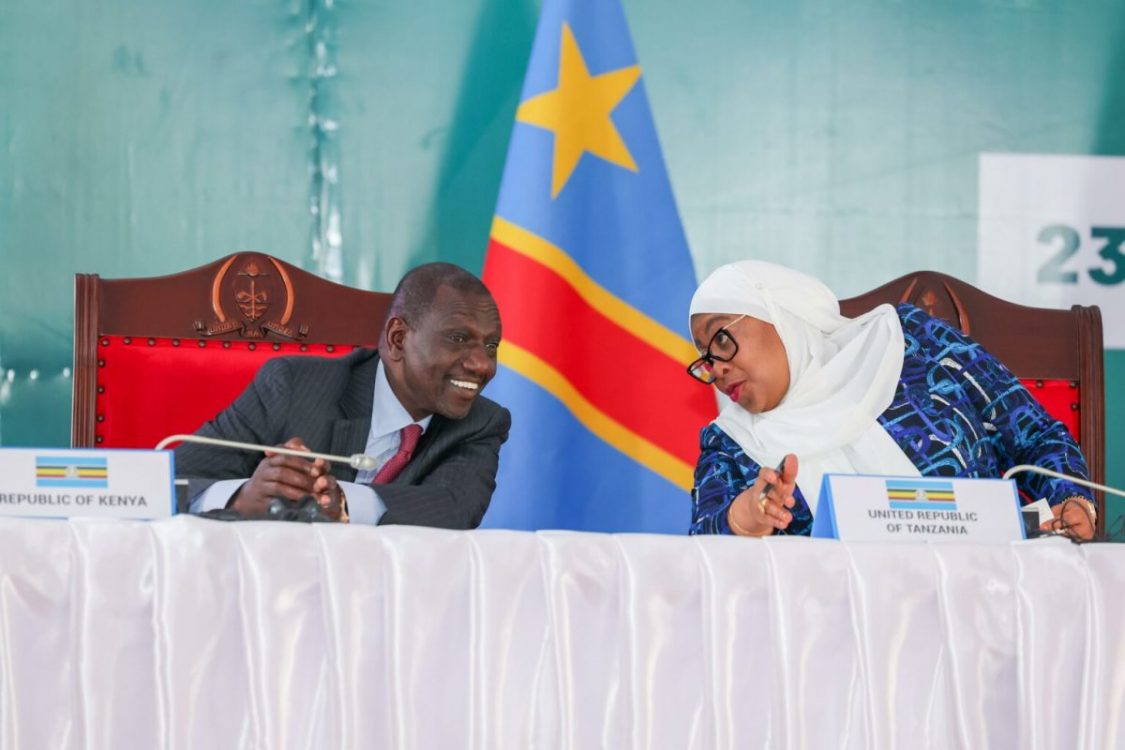
From the look of things, all is not well with the East African Community. This is even though we should be celebrating the expansion of the regional body. The number of countries in the Community now includes the Democratic Republic of Congo and Somalia is on the way.
This expansion means the Community has continued to create a huge common market of over 300 million people. With the continent’s 1.2 billion people, one out of three Africans live in the EAC.
In the just concluded AFCON football competition in Ivory Coast, the Community, for the first time, was represented by two countries: Congo and Tanzania. While Tanzania was knocked out early, Congo went to the third-place playoffs, losing narrowly to South Africa.
Culturally, there is so much to celebrate in the Community. We all now speak Kiswahili. Even the reluctant Uganda, where because of the early association of the language with soldiers, Kiswahili has had a slow takeoff, it is now one of the languages being taught in schools and advocated publicly. Congo has always had her version of Kiswahili.
Our people have relatives across various borders: Somali and Kenya, Kenya and Tanzania, Kenya and Uganda, South Sudan and Kenya, Uganda and Rwanda, Rwanda and Congo, Uganda and Congo and on and on. Congolese music has always reigned supreme in the region, and its influence can be found in Kenya’s Benga and Tanzania’s Bongo.
Many areas of collaboration have taken off in significant ways. For a start, the collaboration in education is as old as the independence of the original three community members: Kenya, Uganda and Tanzania. Even when the original community collapsed in 1977, the collaboration in education continued through the instrument of the Inter-University Council of East Africa.
Since then, many other areas of integration have progressed, including the customs union, the free movement of people, and the creation of a common market. The monetary union is still to be achieved, and the political federation may still be some way off. But there are many other areas where cooperation is ongoing.
Can we, however, have hope with the current leaders to lead the community on the path of integration and eventually to the political federation? That all is not well is evident from the body language of leaders, the sniping at each other in their public addresses and some snubbing.
Moving the community forward would require incredible camaraderie, unity and a shared sense of purpose among the leaders. The first generation of community leaders had this, yet they still failed. That Tanzania delayed her independence, waiting for Kenya to be ready before both could declare independence, is lost to many of this generation.
Now there is unease between the leadership in Rwanda and Kenya and between Rwanda and Congo. It has been a while since President Yoweri Museveni visited Kenya. Congo recently accused Kenya of harbouring rebels intent on overthrowing the regime in Kinshasa. Tanzania seems to think that Kenya is not cultured, and at AFCON, Kenyans did not seem to be bothered that Tanzania lost in the early stages of the competition. These are worrying.
There is more to be gained in common unity and purpose. First is trade, which will have a bearing on the community’s living standards. The movement of people will allow relatives to visit each other easily. At the global level, the community can engage with other nations from a much stronger vantage point.
There is instability across the region: Somalia has not had a stable government in 30 years and counting, there is a civil war raging in Congo, South Sudan has had a difficult path setting up a government since independence, and Burundi has had her challenges. The Community can provide a stabilizing influence in these areas.
There is potential for the community to take advantage of the region’s wealth for its people’s benefit. East Africa, as currently constituted, is one of the world’s wealthiest regions if only the wealth could be better managed. Our leaders can do better in harnessing the region’s resources through integration.
— The writer is Dean, School of Communication, Daystar University

